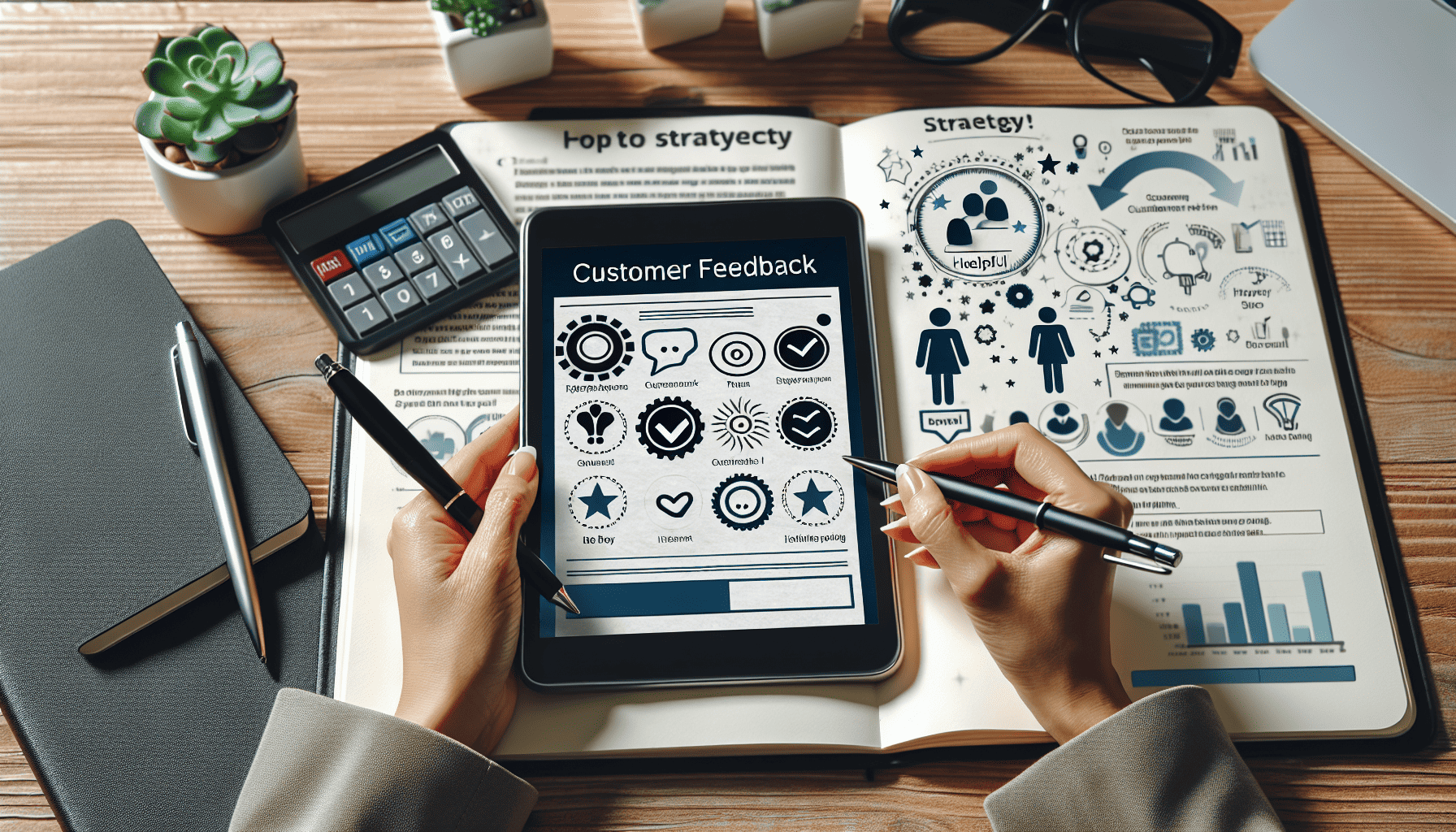In the ever-evolving landscape of customer service, feedback serves as a vital cornerstone for continuous improvement and excellence. It's an essential tool not just for resolving current issues, but for anticipating future challenges and enhancing overall service quality. Recognizing the role of feedback in service improvement can transform a business, setting it apart from competitors and building a loyal customer base.
Understanding the Importance of Feedback
Feedback is essentially the voice of the customer and provides invaluable insights into their experiences, perceptions, and expectations. When businesses actively seek and utilize feedback, they demonstrate a commitment to customer-centric values, which can significantly enhance customer satisfaction and loyalty.
Moreover, feedback helps identify areas where services are lacking or where customer expectations are not being met. It allows businesses to address specific complaints, understand problem patterns, and make informed decisions to rectify issues, preventing future occurrences.
Collecting Customer Feedback
The collection of feedback is a strategic process that should be accessible and straightforward for customers. Several methods can be employed to gather feedback effectively:
-
Surveys and Questionnaires: These can be delivered post-service via email or through an app, providing quantitative data that can be analyzed for trends.
-
Social Media Channels: Customers often take to social media to express their opinions. Monitoring these platforms can provide real-time, unfiltered feedback.
-
Direct Feedback Requests: Encourage frontline employees to ask for feedback face-to-face or through follow-up calls. Personal interactions can yield detailed qualitative insights.
-
Feedback Boxes and Digital Kiosks: Physical or digital means for customers to leave suggestions or comments at their convenience.
-
Online Review Platforms: Sites like Google Reviews, Yelp, or industry-specific platforms can reveal what customers enjoy and where improvements can be made.
Analyzing Feedback
After collection, the next challenge is analyzing feedback to extract actionable insights. This requires a systematic approach:
-
Categorization: Organize feedback into relevant categories such as quality of service, product issues, and customer relations.
-
Sentiment Analysis: Use software tools to assess the emotional tone of customer feedback, which can be crucial for understanding overall sentiment.
-
Trend Identification: Look for recurring themes or patterns over time to identify systemic issues or emerging areas of concern.
-
Prioritization: Determine which feedback items need immediate attention based on severity and impact on customer satisfaction.
Applying Feedback for Service Improvement
The crux of using feedback lies in translating insights into action. Here’s how businesses can leverage feedback for continuous improvement:
-
Actionable Changes: Implement changes based on prioritized feedback. This could involve retraining staff, adjusting processes, or upgrading technology.
-
Product or Service Development: Use feedback to refine or innovate your offerings, ensuring they align with customer needs and market trends.
-
Communication and Transparency: Inform customers about changes made in response to their feedback. This fosters trust and demonstrates that their opinions are valued.
-
Continual Monitoring and Adjustment: Feedback is not a one-off event. Continually seek input to refine and improve services, understanding that customer expectations may evolve.
-
Employee Training and Engagement: Train employees on the importance of feedback and how they can contribute to collecting and leveraging it to improve service delivery.
Conclusion
Feedback is not a mere formality; it is an ongoing dialogue and an integral component of strategic planning and operational efficiency. By effectively collecting, analyzing, and utilizing customer feedback, organizations can drive service innovations and enhancements that exceed customer expectations. In doing so, they ensure sustained competitive advantage and build a reputation for excellence that resonates with all stakeholders involved.
